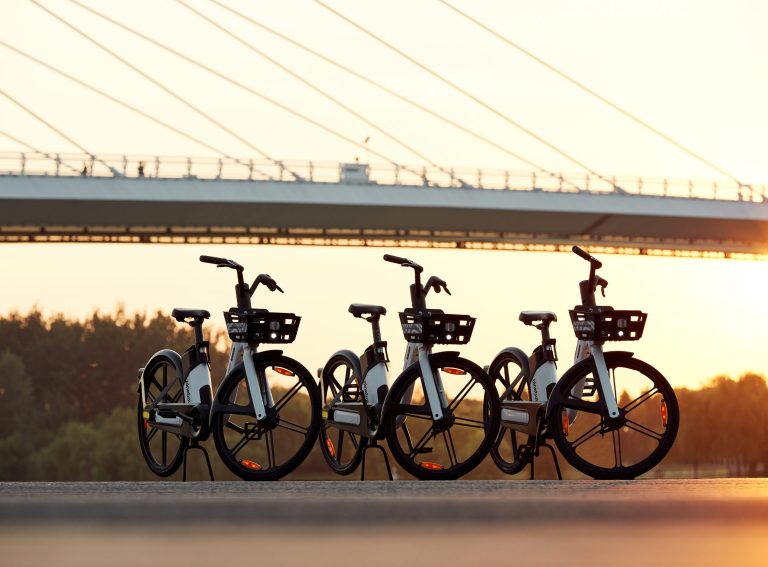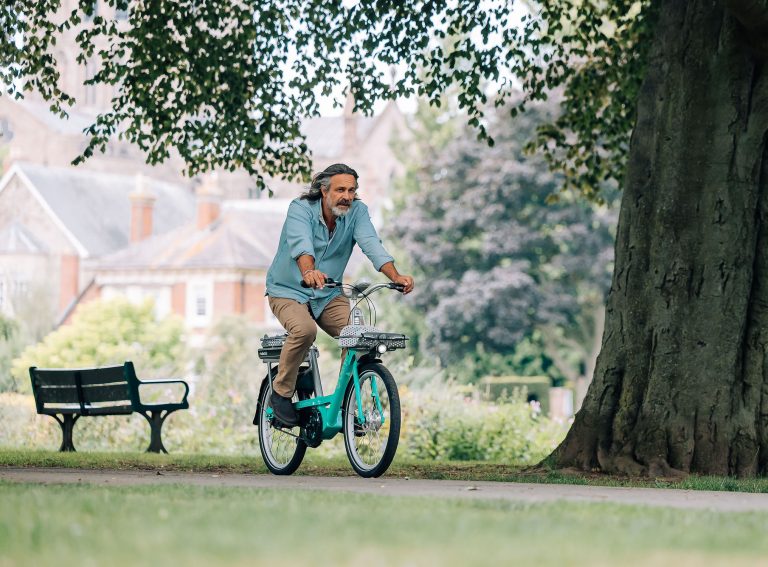In November of last year, I wrongly predicted that the legalisation of e-scooter use in the UK could come as early as this March.
I didn’t pluck this date out of thin air but rather I based the prediction on an interview with a reliable insider. Something happened in the meantime because, as we now know, the government kicked the ball into the long grass, delaying a decision until at least November.
I guess the warning signs were already there because, as I stated in my opinion piece, the heady top speed of some private e-scooters was “no doubt troubling the mandarins currently drafting the necessary legislation”.
Other touchy issues remain, including the misuse of e-scooters on the infrastructure meant for pedestrians. The cash-rich companies trialling rental e-scooters in fifty or so local authorities deploy GPS jamming to prevent footway use, but the shop-bought e-scooters, meant to be used only on private land, do not sport such geo-fencing.
With so few high-quality protected cycleways, the footway use of e-scooters is as inevitable as it is unacceptable. The issue is live for the obvious reason that British roads tend to be busy and, as cyclists often point out, increasingly now with YouTube clips captured by bike-cams, there’s toxicity not just from tailpipes but also an invidious car-first attitude from an increasing number of motorists.
E-scooter riders who have never cycled and who now venture onto roads often experience the kind of bullying behaviour that cyclists have experienced for years. So common are these car culture evils that they even have their own acronyms: MGIF and SMIDSY.
The must-get-in-front attitude from some motorists, even though they’ll likely soon be halted by traffic lights, can be terrifying for unprotected road users and, similarly, almost every cyclist can recall being given the sorry-mate-I-didn’t-see-you excuse after being cut up – or worse – by an unthinking, often uncaring motorist.
Given that e-scooter riders are now experiencing similar bullying you’d think that they’d be more mindful of the so-called Golden Rule. This ancient edict, the basis of all world religions and moral codes, has many forms, but the most familiar one is “Do not do to others what you would not like done to yourself”.
Yet by buzzing pedestrians on footways, e-scooter riders (and pavement riding cyclists) are guilty of the sins they often ascribe to motorists.
Pedestrians generally don’t wear body-cams. If they did, there would no doubt be many examples posted to YouTube of e-scooter riders (and cyclists) carrying out MGIF-like and SMIDSY-style manoeuvres.
In fact, there are some videos out there of such behaviour, including footage from Amit Patel, who fitted his guide dog Kika with a GoPro – the Kika-cam – to record evidence of mistreatment on the roads and pavements of London.
The former doctor has captured all sorts of rude and abusive behaviour from his fellow citizens. His experiences, sadly, are not unusual, as the Guide Dogs charity regularly highlights. The charity is also critical of e-scooter use.
“If e-scooters are legalised, this will have a dramatic and irreversible effect on our streets,” warns a Guide Dogs statement.
“We are working with the UK Government and companies running the [e-scooter] trials to talk about the impact of e-scooters on sight loss,” continues the charity.
It’s this sort of respected stakeholder intervention that might have led to the long-grassing of e-scooter legalisation. Full disclosure: I am a volunteer “puppy raiser”. Our family looks after puppies from just a few weeks old until they are ready for advanced guide dog training. It’s painful, after two years, to wave goodbye to the pups we’ve socialised and loved, but also rewarding because we know how essential they become to those who need them (our current puppy – she’s such a good girl – is Berry).
I might be a stout defender of the charity, but I am not a fan of its e-scooters campaign. Nevertheless, I understand how and why Guide Dogs has arrived at its position.
Speaking to the charity’s press office for this piece, I was told: “We are reacting to e-scooters based on what blind and partially sighted people are telling us.
“We know of instances, where guide dog owners have been knocked over by e-scooter riders, and tripped and been left injured because of abandoned e-scooters.”
I cannot refute such lived experience, but I can challenge how much actual danger is posed by e-scooter use compared to the normalised yet huge risks caused by indiscriminate mass motoring. We’re all so used to the menace posed by motorists – a menace as old as motoring – that we’ve internalised the danger and consider unsociable behaviours, such as speeding, to be so standard that it’s unremarkable and therefore invisible.
Instead, cyclists, e-scooter riders, and charities such as Guide Dogs should be bedfellows, highlighting the evils of dangerous driving. One of the charity’s longest-running campaigns calls out pavement parking, and I’d say that’s a more pressing issue for the charity. Like speeding, pavement parking is broadly – and wrongly – socially acceptable; governments tackle it at their peril.
It would be easy for the Department for Transport to introduce draconian restrictions on the use of johnny-come-lately e-scooters, but hugely controversial to tackle the scourge of speeding or the endemic problem of pavement parking.
On daily walks with future guide dog Berry, I see far more pavement parking and speeding by motorists than I see inconsiderately parked e-scooters or buzzing of pedestrians by e-scooter riders (this last observation is partly due to the fact e-scooter users – like cyclists – will also get hurt in any collision, not something that troubles motorists).
Through the use of roadside corrals and fining users for duff parking, e-scooter rental companies can stamp out cluttering, but almost nothing is done by national and local governments to restrict the motorist’s God-given right to pavement park.
Guide Dogs’ e-scooter petition urges the government to “work with the police to make sure they are enforcing the law”.
OK, but I argue that it would be of greater benefit for us all to campaign against dangerous motoring and pavement parking. With the utility of motoring reduced, we’d see an uptick in road use from cyclists and e-scooter riders. More e-scooters (and bicycles) on roads would mean fewer scooters (and bicycles) on pavements.











